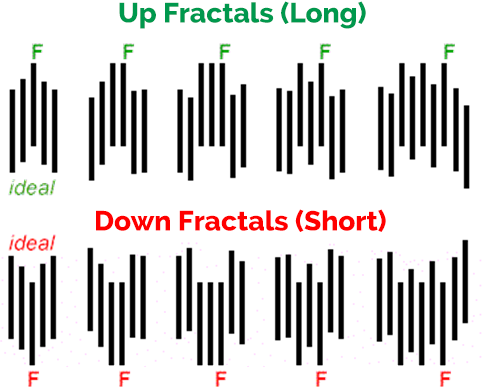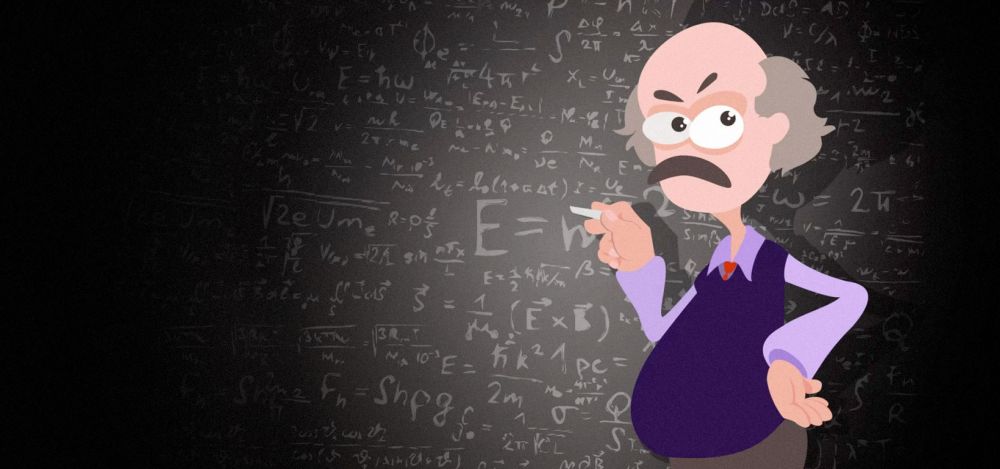“Fractals” have become a bit of a buzzword in financial circles as of late. Like most buzzwords, the term is often grossly misused. For instance, this Investopedia article describes bearish and bullish fractals “composed of five or more bars.”
Let’s be clear: those are not fractals—they’re just basic patterns—and that’s not how fractalerts operates.
True fractals are far more complex (and far more interesting). Real fractal patterns are self-similar, meaning they contain the same pattern on different scales. Zoom in or out far enough and you’ll see the same shape, over and over, ad infinitum.

These fractals, elegant and fascinating, aren’t just abstract mathematical concepts: they appear almost everywhere you look in nature. And fractals exist in financial markets too—you just have to know how to look for them.
 * Not real fractals
* Not real fractals
The philosopher Spinoza says, “Nothing in nature is random. A thing appears random only through the incompleteness of our knowledge.” The same can be said about our modern day financial markets. They’re not random—they only appear to be due to their unfathomable complexity.
Finding Real Fractals in Financial Markets
Rather than five simple bars, genuine fractals are incredibly complicated. You can’t eyeball them at a glance. With over 1.7 million trades every day on the S&P 500 alone, there’s simply too much noise to find the true signal—our brains can’t process it.
fractalerts’ powerful algorithms, on the other hand, can. They take price, volume, momentum, and elapsed time into account to sift out reliable fractals from the deluge of data.
How exactly do the algorithms identify fractals? By use of the Fourier transform function. In essence, the “algos” (as they’re affectionately called by those in the industry) wield these Fourier functions to slice up all the messy data in a million different ways until they find an arrangement that fits a fractal pattern.
Once a fractal’s been found, fractalerts uses wave and group velocity functions to project these patterns into the future. That’s how fractalerts generates clear trading signals ahead of time, giving subscribers at least 24 hours to place orders.
fractalerts unravels this complexity through intelligent algorithms, brute force, and fractal geometry, revealing and underlying order where many thought chaos reigned.
Anyone can attempt to use Fourier functions and public data to mimic fractalerts, but, to our knowledge, no one’s been able to beat our results. It’s a bit like someone trying to recreate your grandmother’s famed apple pie when all they know are the main ingredients—the difference is in the details.
-

The rhytm beneath the noise
-

You Don’t Need a Trading Style. You Need an Edge.
-

Consistency Isn’t the Goal—It’s the Outcome
-

What 2 Quadrillion Data Points Told Us
-

Math and Physics-Based Trading in Any Market Condition
-

Do not worry about anomalies
-

Consistency should not be the goal. Consistency should be the result.
-

Stop canceling fridays
-

The Elliott Wave Forecast is Subjective, Bias Driven And Backwards looking
-

Finding patterns in market data

